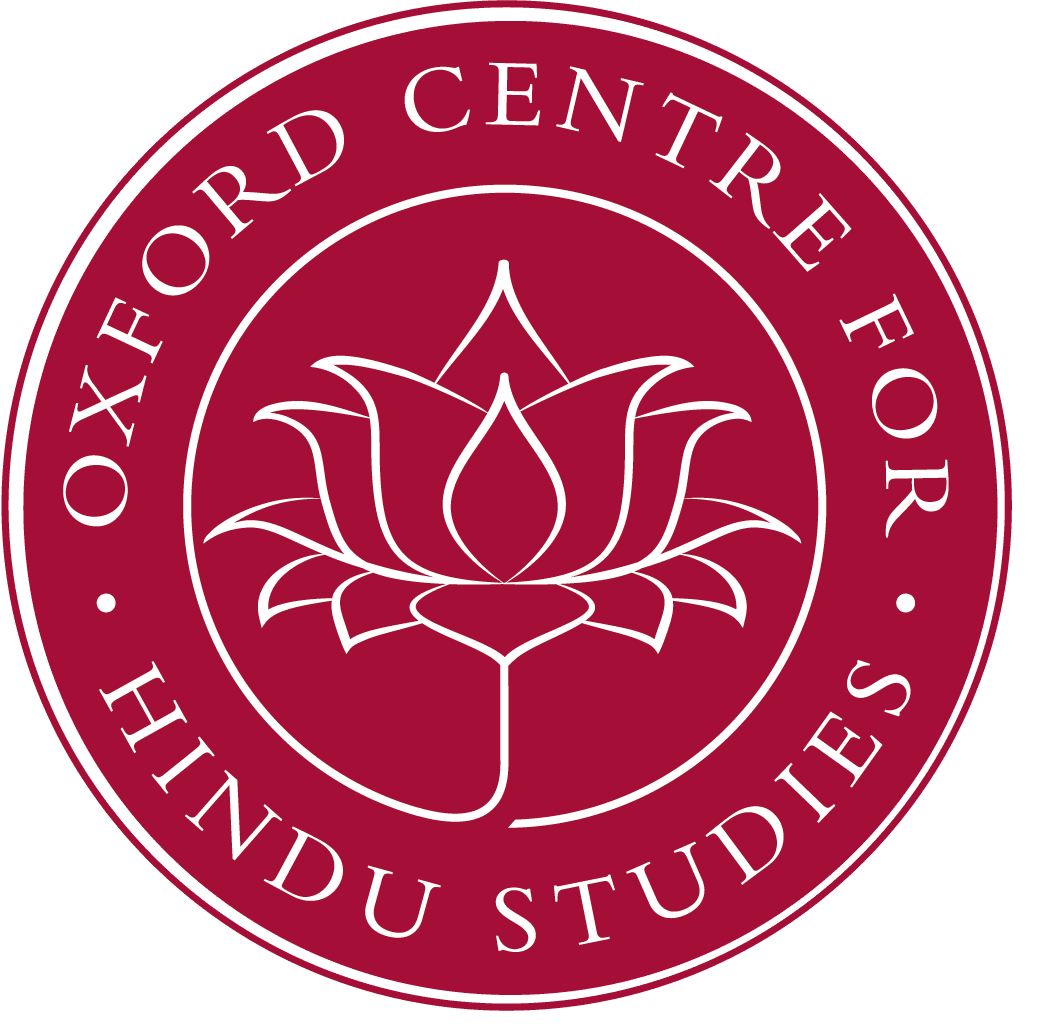We will read sections from key devotional and theological Vaiṣṇava texts in Bengali from the early modern period and discuss their meaning. Some proficiency in Bengali is a requirement.
Lecture tag: Vaiṣṇavism
Readings in Middle Bengali Texts: Session seven (TT 16)
We will read sections from key devotional and theological Vaiṣṇava texts in Bengali from the early modern period and discuss their meaning. Some proficiency in Bengali is a requirement.
Readings in Middle Bengali Texts: Session six (TT 16)
We will read sections from key devotional and theological Vaiṣṇava texts in Bengali from the early modern period and discuss their meaning. Some proficiency in Bengali is a requirement.
Hindu Theology for a King: Baladeva Vidyābhūṣaṇa’s Tattvadīpikā: Session Three (TT15)
The Tattvadīpikā (An Illumination of Reality) is an unpublished Vedāntic work written by Baladeva Vidyābhūṣaṇa (ca 1700-1793), a prominent Bengali Vaiṣṇava author in the early modern period. The manuscript is held in the library of the Maharaja Sawai Man Singh II Museum in Jaipur (Manuscript #5693 in Gopal Bahura’s Literary Heritage of Rulers of Amber and Jaipur). The work is not widely circulated among Bengali Vaiṣṇavas, and its existence was practically unknown till the catalogue of the library was published in 1976. This suggests that the work was probably written exclusively for Jaisingh II (1688-1743), a famous Rajput king of Jaipur Baladeva worked for, who was known for his keen interest in Hindu Theology.
The text is primarily concerned with a refutation of other schools of thought such as Buddhism, Nyāya, Vaiśeṣika, Sāṅkhya, and Advaita Vedānta, providing us with an excellent insight into the intellectual climate in early modern North India. This reading class aims to introduce students with an intermediate knowledge of Sanskrit to the style of theological debate in Sanskrit writings as well as to the methodology of editing a text based on a manuscript.
Dr. Kiyokazu Okita is Assistant Professor at The Hakubi Center for Advanced Research, Kyoto University, Department of Indology, Faculty of Letters, Kyoto University.
Readings in Middle Bengali Texts: Session eight (TT 16)
We will read sections from key devotional and theological Vaiṣṇava texts in Bengali from the early modern period and discuss their meaning. Some proficiency in Bengali is a requirement.
Readings in Middle Bengali Texts: Session seven (TT 16)
We will read sections from key devotional and theological Vaiṣṇava texts in Bengali from the early modern period and discuss their meaning. Some proficiency in Bengali is a requirement.
Readings in Middle Bengali Texts: Session six (TT 16)
We will read sections from key devotional and theological Vaiṣṇava texts in Bengali from the early modern period and discuss their meaning. Some proficiency in Bengali is a requirement.
Readings in Middle Bengali Texts: Session five (TT 16)
We will read sections from key devotional and theological Vaiṣṇava texts in Bengali from the early modern period and discuss their meaning. Some proficiency in Bengali is a requirement.
The Vaisnava Appropriation of Vedic Fires in the Vaikhanasa Tradition: A New Ritual System for Image Worship (TT 16)
The Vaikhanasas are a small South Indian community of Vaisnava Brahmins who have traditionally engaged in conducting temple worship by following their distinctive ritual system. The name Vaikhanasa derives from Sage Vikhanas, who is attributed with the authorship of the Vaikhanasa Sutras and with the founding of the Vaikhanasa School. The Vaikhanasa regards itself as part of the Vaisnava tradition orthodoxy because of its close adherence to Vedic religion and its presence within the Taittiriya School of the Black Yajurveda. The Vaikhanasa ritual literature on domestic and temple worship both in text and practice reflect this tradition’s strong influences from the Srauta sacrificial cult and its fire rituals. This lecture will explore the ways in which the concept of Vedic fires is appropriated in the typical Vaisnava way by formulating a new ritual system for image worship (samurtarcana) in a temple setting within the Vaikhanasa School. We will examine the concepts of Triple Fires (tretagni) and Five Fires (pancagni) within the context of triple images (bimbatrayi) and fivefold images (pancabera). Also considered are the ways in which the Vedic ideas of fire sacrifice are rearticulated with new meanings and interpretations for the theistic, temple-based religion of Visnu as Venkatesvara.
Dr Prabhavati C. Reddy is an Adjunct Faculty member of Religious Studies at George Mason University in Virginia, USA. She is an interdisciplinary scholar with a Ph.D. in Sanskrit and Indian Studies from Harvard University, an M.A. in Asian Art History from the University of Texas-Austin, and an M.A and M.Phil. in Ancient History and Archaeology from Osmania University, Hyderabad, India. She has previously taught at George Washington University and was a two-year Andrew Mellon Post-Doctoral Fellow at Northwestern University where she taught in the Department of Religious Studies. She specializes in Hindu traditions and is interested in the historical development of sectarian traditions with reference to constructive theological frameworks and syncretism, religious authority and identity, and conflict and resolution in response to sociological and political processes. She is the author of Hindu Pilgrimage: Shifting Patterns of Worldview of Srisailam in South India (Routledge, 2014) and has published several articles on Indian art and Indian diaspora/Hindu temples in North America. She is currently working on two books entitled, The Tantra and Siddha Traditions at Srisailam: Kundalini and Hatha Yoga Practices in Medieval India and Vaisnava Rituals and Sacred Images. She has lectured at universities in both the U.S and India as well as has presented papers at professional conferences.
Readings in Middle Bengali Texts: Session four
We will read sections from key devotional and theological Vaiṣṇava texts in Bengali from the early modern period and discuss their meaning. Some proficiency in Bengali is a requirement.
